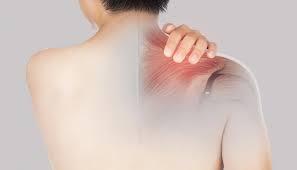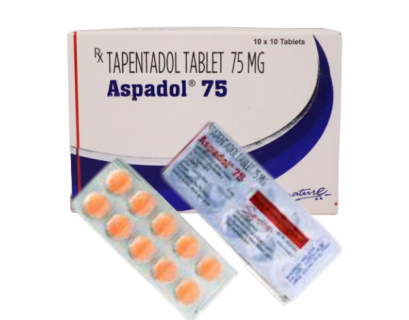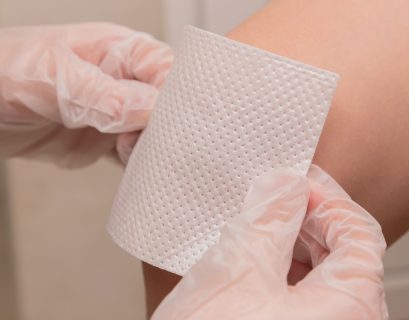Muscle pain and tension can result from various factors, including physical activity, poor posture, stress, or underlying medical conditions. While medications can offer relief, natural and DIY solutions can be just as effective in managing discomfort and promoting relaxation. This article explores home remedies and self-care techniques to alleviate muscle pain and tension without relying on medication.
1. Heat and Cold Therapy
Applying heat or cold to sore muscles is one of the simplest and most effective DIY methods for pain relief.
- Cold Therapy: Using an ice pack or a bag of frozen vegetables wrapped in a cloth can reduce inflammation and numb the affected area, making it ideal for acute injuries.
- Heat Therapy: A heating pad, warm compress, or warm bath helps increase blood circulation, relax tight muscles, and ease stiffness, making it beneficial for chronic pain.
- Contrast Therapy: Alternating between heat and cold can enhance circulation and reduce muscle soreness effectively.
2. Stretching and Flexibility Exercises
Gentle stretching can alleviate tension, improve flexibility, and prevent further muscle strain.
- Dynamic Stretching: Involves controlled movements like arm circles and leg swings to warm up muscles before physical activity.
- Static Stretching: Holding a stretch for 20-30 seconds helps elongate tight muscles and increase flexibility.
- Yoga and Pilates: Combining stretching with deep breathing promotes relaxation and relieves muscle tension.
3. Self-Massage Techniques
Massage therapy can help break up muscle knots and enhance circulation.
- Foam Rolling: Using a foam roller applies deep pressure to tight muscles, relieving soreness.
- Tennis Ball Massage: Rolling a tennis ball under the body helps target trigger points and release muscle tension.
- Hand Massage: Gently kneading sore muscles with essential oils can provide relief and promote relaxation.
4. Essential Oils and Aromatherapy
Certain essential oils have anti-inflammatory and analgesic properties that help alleviate muscle pain.
- Lavender Oil: Known for its calming effects, lavender oil can reduce stress-induced muscle tension.
- Peppermint Oil: Provides a cooling sensation and helps with inflammation and soreness.
- Eucalyptus Oil: Contains natural pain-relieving properties and enhances circulation.
5. Proper Hydration and Nutrition
Dehydration and nutrient deficiencies can contribute to muscle cramps and discomfort.
- Drink Plenty of Water: Staying hydrated prevents muscle cramps and stiffness.
- Electrolyte Balance: Consuming foods rich in magnesium, potassium, and calcium supports muscle function.
- Anti-Inflammatory Diet: Incorporate foods like turmeric, ginger, and omega-3 fatty acids to reduce inflammation.
6. Posture Correction and Ergonomic Adjustments
Poor posture and prolonged sitting can lead to muscle strain and tension.
- Ergonomic Workspace: Adjust your chair height, use lumbar support, and position your computer screen at eye level.
- Proper Sleeping Position: Use supportive pillows and maintain a neutral spine alignment while sleeping.
- Frequent Movement: Take breaks to stretch and change positions throughout the day.
7. Breathing and Relaxation Techniques
Stress often exacerbates muscle tension. Incorporating relaxation techniques can help release tightness.
- Deep Breathing Exercises: Practicing diaphragmatic breathing reduces tension and promotes relaxation.
- Meditation and Mindfulness: Engaging in mindfulness techniques helps lower stress and relax muscles.
- Progressive Muscle Relaxation: Systematically tensing and relaxing muscle groups can alleviate tightness.
8. Low-Impact Physical Activities
Gentle exercises can keep muscles active without causing strain.
- Walking: A simple activity that improves circulation and reduces stiffness.
- Swimming: Water resistance provides a low-impact workout while alleviating pressure on muscles.
- Tai Chi: This slow, controlled movement practice promotes flexibility and relaxation.
9. Herbal Remedies and Natural Supplements
Several natural remedies help manage muscle pain and tension effectively.
- Turmeric: Contains curcumin, a natural anti-inflammatory compound.
- Ginger: Reduces muscle pain and soreness, particularly post-exercise.
- Magnesium Supplements: Helps with muscle relaxation and prevent cramps.
10. DIY Herbal Soaks and Compresses
Using natural ingredients in baths or compresses can provide soothing relief.
- Epsom Salt Bath: Soaking in warm water with Epsom salt helps reduce muscle soreness.
- Apple Cider Vinegar Compress: Soaking a cloth in diluted apple cider vinegar and applying it to sore muscles can relieve stiffness.
- Herbal Infused Baths: Chamomile, rosemary, and arnica baths can promote muscle relaxation and pain relief.
Conclusion
Managing muscle pain and tension at home is possible with effective DIY techniques such as heat and cold therapy, stretching, self-massage, essential oils, proper hydration, ergonomic adjustments, relaxation techniques, gentle exercises, herbal remedies, and natural soaks. These methods offer long-term benefits and support overall well-being. If muscle pain persists, consult a healthcare professional to rule out underlying conditions.
By incorporating these DIY solutions into your routine, you can achieve natural pain relief and maintain a healthier, more active lifestyle.













